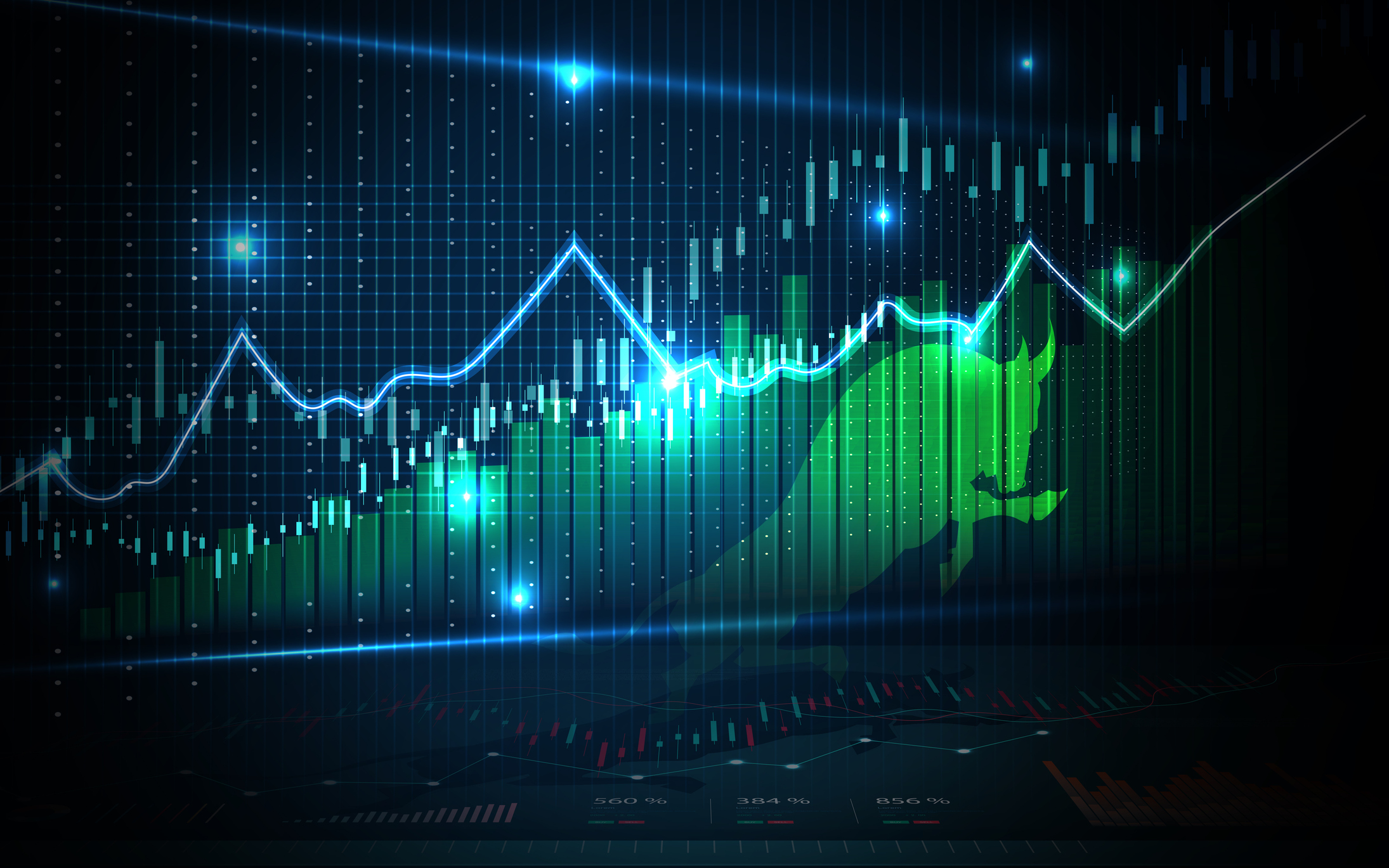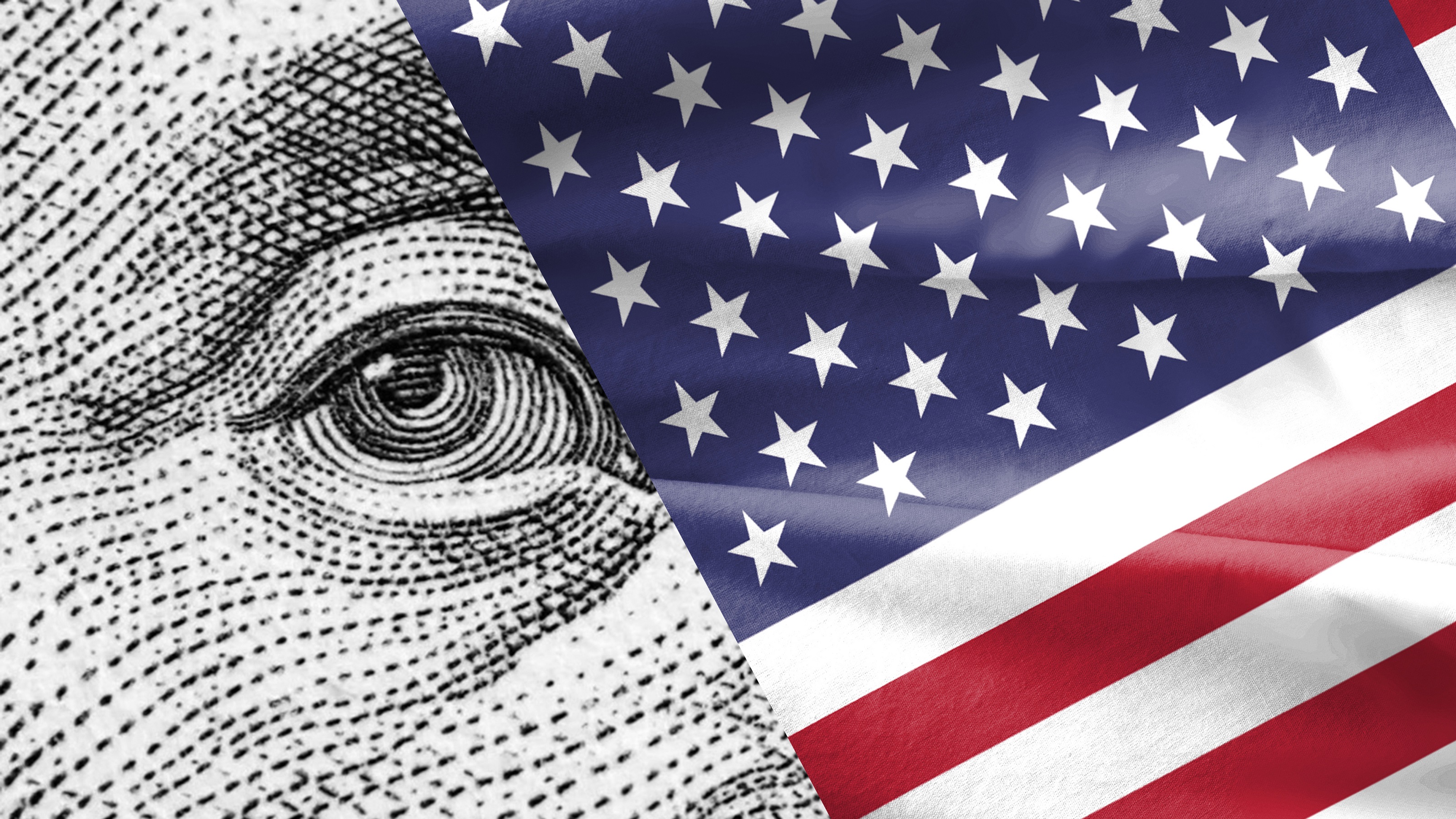Car Prices Are Finally Coming Down
For the first time in years, it may be possible to snag a good deal on a new car.


Jim Patterson
To help you understand what is going on in the auto industry and what we expect to happen in the future, our highly experienced Kiplinger Letter team will keep you abreast of the latest developments and forecasts (Get a free issue of The Kiplinger Letter or subscribe). You'll get all the latest news first by subscribing, but we will publish many (but not all) of the forecasts a few days afterward online. Here’s the latest…
If you’re in the market for a new car here’s what you should know ahead of time.
1. High prices are finally weighing on sales. Consumers are tapped out or holding off. Many expect prices to come down or are waiting for the Federal Reserve to start cutting interest rates. (But we think it’ll be a long wait before Fed rate cuts meaningfully lower the cost of financing a vehicle, with the first reduction not likely before the election.)

Sign up for Kiplinger’s Free E-Newsletters
Profit and prosper with the best of expert advice on investing, taxes, retirement, personal finance and more - straight to your e-mail.
Profit and prosper with the best of expert advice - straight to your e-mail.
While total vehicle sales are up a bit, the gain is being driven by leasing, which is up 30%, and sales to rental fleets and other buyers. Actual sales to individual consumers are down 2%. Note the consequences of this shift in buying trends:
2. Car prices, both new and used, will soften over the rest of the year, continuing the declines we are already seeing.
- New cars are now being sold at 97% of list price on average, vs. 102% back in 2022.
- Financial incentives are back, and averaging 7% of transaction prices (still below 2019’s 10% level).
- Used car prices are down 23% from their 2022 peak, though they are still 25% higher than we’d expect without the pandemic’s effect.
3. As 2025 models roll out, you’ll see more and better deals on the 2024s that are still on dealer lots, plus even deeper discounts on the handful of 2023s. 6% of dealer inventory is 2023 model cars, with Dodges and Chryslers most common.
4. The jump in leasing and fleet sales now means deals on used cars later. Many of those leased cars will get resold as certified, preowned (CPO) vehicles in 2027, or whenever their leases are up. Historically, CPO vehicles come with good warranties, low mileage and relatively few problems, which appeals to value-minded shoppers.
5. Financing costs are crimping some buyers’ spending power. The rate on a new-car loan now averages 7.3%. For a used car: 11.5%. Many borrowers with less than prime credit have dropped out of the market, and the share of loans that are delinquent has risen to 8%, up from 5% in 2022. Meanwhile, affluent buyers, buoyed by rising stock and home values, are increasingly paying for cars with cash.
6. Hybrids continue to be strong sellers, so expect fewer bargains on them. Toyota has half of the hybrid market, followed by Honda at 20%. Plug-in hybrids, which can drive modest distances on battery power, are also gaining in popularity. Jeep is seeing good demand for its plug-in hybrid Wrangler and Grand Cherokee.
7. Sales of electric vehicles have plateaued for now, at 7% of the market. There are plenty on dealer lots if you’re interested. 104 days’ worth at their current selling pace, vs. 73 days of supply for the overall car market. Leasing is especially high among EVs, so expect a glut of used ones later.
Most consumers seem wary of EVs, but many say they’ll reconsider in a few years.
This forecast first appeared in The Kiplinger Letter, which has been running since 1923 and is a collection of concise weekly forecasts on business and economic trends, as well as what to expect from Washington, to help you understand what’s coming up to make the most of your investments and your money. Subscribe to The Kiplinger Letter.
Related content
Get Kiplinger Today newsletter — free
Profit and prosper with the best of Kiplinger's advice on investing, taxes, retirement, personal finance and much more. Delivered daily. Enter your email in the box and click Sign Me Up.

David is both staff economist and reporter for The Kiplinger Letter, overseeing Kiplinger forecasts for the U.S. and world economies. Previously, he was senior principal economist in the Center for Forecasting and Modeling at IHS/GlobalInsight, and an economist in the Chief Economist's Office of the U.S. Department of Commerce. David has co-written weekly reports on economic conditions since 1992, and has forecasted GDP and its components since 1995, beating the Blue Chip Indicators forecasts two-thirds of the time. David is a Certified Business Economist as recognized by the National Association for Business Economics. He has two master's degrees and is ABD in economics from the University of North Carolina at Chapel Hill.
- Jim PattersonManaging Editor, The Kiplinger Letter
-
 Stock Market Today: Trump Retreats, Markets Rejoice
Stock Market Today: Trump Retreats, Markets RejoiceStocks rally, yields soften, the dollar rises, and even beaten-down names enjoy the wages of potential trade peace.
By David Dittman
-
 In Trump’s Economy Should 401(k) Savers 'Set It and Forget It?'
In Trump’s Economy Should 401(k) Savers 'Set It and Forget It?'It’s hard to bury your head in the sand when the markets are volatile. Here’s when it makes sense and when it doesn’t.
By Donna Fuscaldo
-
 The Economic Impact of the US-China Trade War
The Economic Impact of the US-China Trade WarThe Letter The US-China trade war will impact US consumers and business. The decoupling process could be messy.
By David Payne
-
 AI Heads to Washington
AI Heads to WashingtonThe Kiplinger Letter There’s big opportunity for AI tools that analyze MRIs and other medical images. But also big challenges that clinicians and companies will have to overcome.
By John Miley
-
 The AI Doctor Coming to Read Your Test Results
The AI Doctor Coming to Read Your Test ResultsThe Kiplinger Letter There’s big opportunity for AI tools that analyze CAT scans, MRIs and other medical images. But there are also big challenges that human clinicians and tech companies will have to overcome.
By John Miley
-
 The New Space Age Takes Off
The New Space Age Takes OffThe Kiplinger Letter From fast broadband to SOS texting, space has never been more embedded in peoples’ lives. The future is even more exciting for rockets, satellites and emerging space tech.
By John Miley
-
 Rising AI Demand Stokes Undersea Investments
Rising AI Demand Stokes Undersea InvestmentsThe Kiplinger Letter As demand soars for AI, there’s a need to transport huge amounts of data across oceans. Tech giants have big plans for new submarine cables, including the longest ever.
By John Miley
-
 What DOGE is Doing Now
What DOGE is Doing NowThe Kiplinger Letter As Musk's DOGE pursues its ambitious agenda, uncertainty and legal challenges are mounting — causing frustration for Trump.
By Matthew Housiaux
-
 A Move Away From Free Trade
A Move Away From Free TradeThe Letter President Trump says long-term gain will be worth short-term pain, but the pain could be significant this year.
By David Payne
-
 The Explosion of New AI Tools
The Explosion of New AI ToolsThe Kiplinger Letter Workers and consumers soon won’t be able to escape generative AI. Does that mean societal disruption and productivity gains are right around the corner?
By John Miley